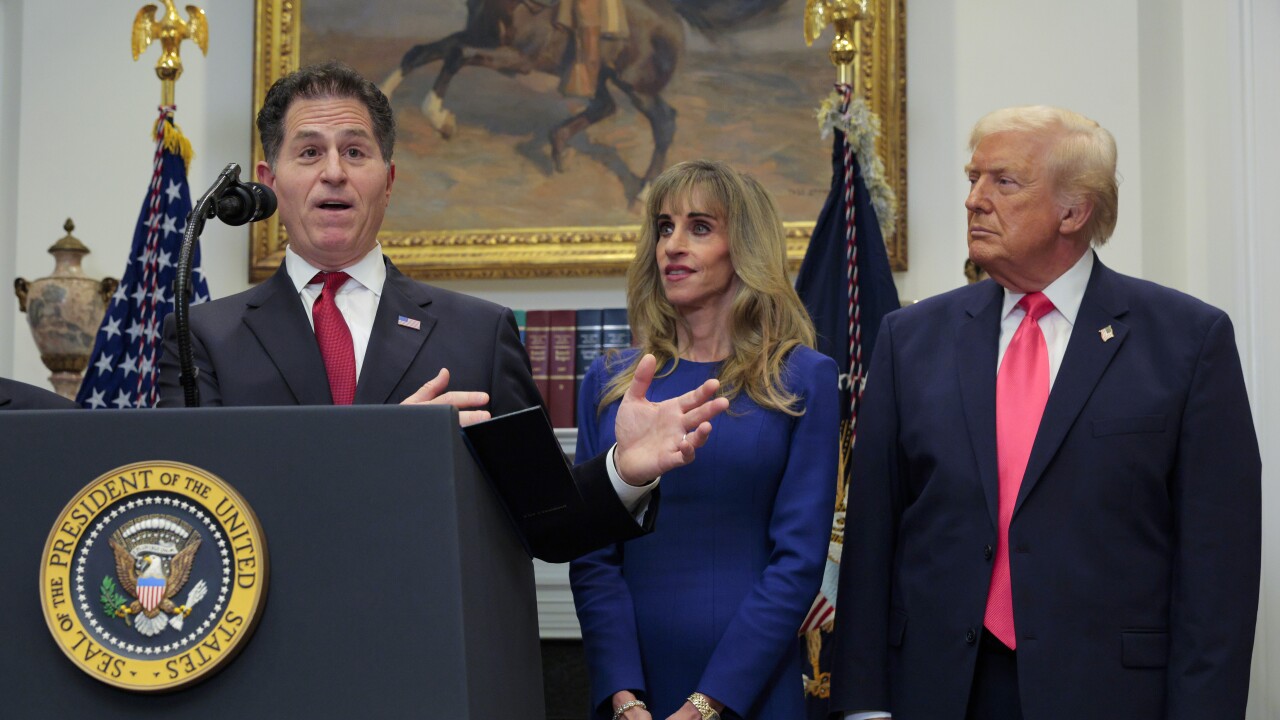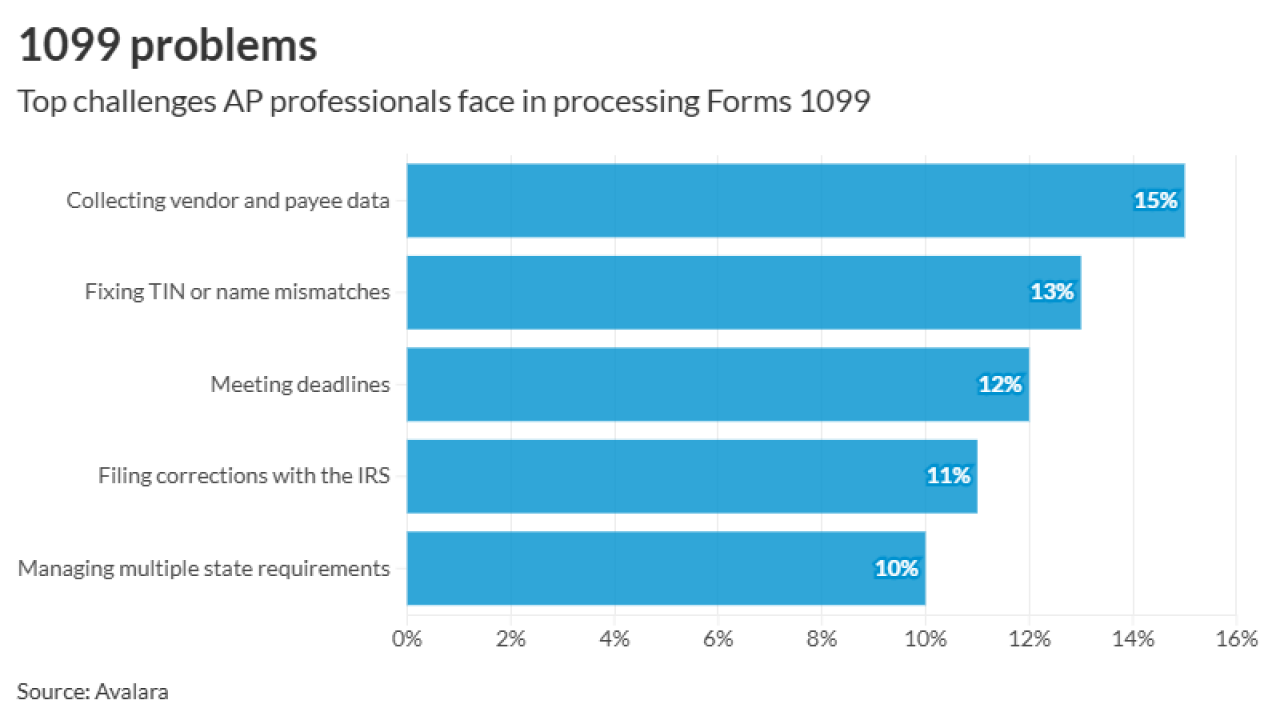Here we go again: 33.4 percent. Believe it or not, that is the amount the Federal Communications Commission is slated to begin collecting off your phone bill in April of 2021. This eye-watering amount is the newly announced contribution factor for the Federal Universal Service Fund (FUSF). It will be assessed on the interstate and international portions of your phone bill, including cellular and VoIP.
What is all this money for? Federal Universal Service is a package of programs designed to make sure that Americans have access to quality communication services and has been around for decades. Funds are used to subsidize communication services in rural and other hard-to-access areas as well as connections for schools, health clinics and other related initiatives.
The trend toward increasing FUSF rates has been on a steady march upward for years. When I began working in communication tax compliance over 20 years ago, the rate was in the mid-single digits. The FCC revises the rate every quarter and, while it occasionally takes a step backward for a quarter, this is invariably followed by multiple quarters with increases, arriving today at the rather shocking amount of over one-third of sales.
What is behind this?
The story of how FUSF has gotten to such painful heights is now familiar in the world of communication taxes and fees: a declining revenue base compounded by increasing demands. FUSF is collected on revenues phone companies earn from interstate and international services; this mostly impacts traditional wireline phone service, cellular voice services, interconnected VoIP and private networks.
However, consumer and industry trends have resulted in this revenue base shrinking. Traditional wireline phone services and even interconnected VoIP products have steadily given way to new voice mediums such as web conferencing and peer-to-peer VoIP, which often are not subject to these fees. In the wireless world, the value of voice within the ubiquitous talk, text and data bundle continues to slide relative to the cost of data. And traditional private networks are increasingly replaced by over-the-top VPN services that may not be subject to FUSF contribution.
At the same time, the FCC is under enormous pressure to improve broadband deployment to rural and other underserved areas of the country. Improving broadband access is seemingly one of the few issues with wide, bipartisan support in Washington. But how to pay for it? “High cost support” for broadband already represents the largest single expenditure of the FUSF budget and there is little reason to think that will reverse any time soon. Thus there is probably little appetite for curtailing FUSF collection by reducing spending; if anything, continued growth in outflow is much more plausible.
An important thing to note is broadband internet access is not among the list of services that are subject to FUSF contribution. That’s right. The segment of the industry that increasingly consumes the bulk of the expenditure does not pay anything into the program. And therein lies the heart of the issue.
Will this go on forever?
A fee of over one-third of receipts that continues growing would appear on its face to be unsustainable. Observers have been predicting that Congress and/or the FCC would take on reforming the contribution structure behind FUSF throughout much of the program’s history, with very little tangible action to back it up.
A couple of current factors would suggest we might finally see some change. For one, the sheer shock value of these rates is hard to ignore. And companies that are still in the market segments subject to the fees are growing more vocal about the disproportionate burden FUSF places on their businesses.
The second factor is the recent change in federal administration and the forthcoming appointments to the commission. The most obvious path toward bringing down the FUSF rate to a reasonable and sustainable number is to expand the base to include the business that consumes most of the expenditure: broadband internet. This step has long appeared inevitable to many who work closely with FUSF, but the political and regulatory will has been elusive. The new commission may prove much more likely to consider these changes as they align closely with the administration’s positions on net neutrality, broadband classification and rural deployment. Until then, keep an eye on the bottom of your phone bill for the one-third surcharge.





